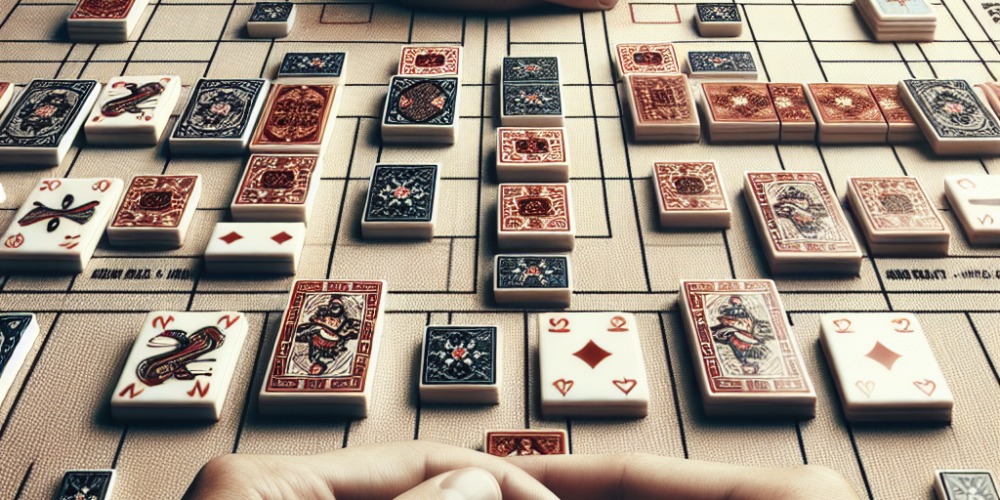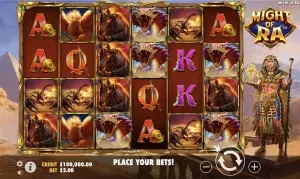Many players make the critical mistake of not understanding the importance of setting their hands properly in Pai Gow. This poker variant is not merely about having good cards but strategically organizing them into a winning combination. Let’s delve straight into understanding Pai Gow and how you can up your game with proven strategies and techniques.
Mastering Hand Setting in Pai Gow
One of the key aspects of Pai Gow is how you set your hands. The game involves the player being dealt seven cards, from which they must form two hands: one five-card hand (the high hand) and one two-card hand (the low hand). The five-card hand must always rank higher than the two-card hand.
Optimal Hand Setting Techniques
To maximize your winning potential, always look at the overall strength of your seven cards before deciding how to split them. If you are dealt a full house, it might be tempting to keep it intact in your five-card hand. However, a smarter approach could be to break it up by placing the pair in your two-card hand and the three of a kind in your five-card hand. This strategy increases your chances of winning both hands.
Common Hand-Setting Pitfalls
Avoid the common mistake of focusing only on your five-card hand. Balancing both hands is crucial. An overly strong five-card hand with a weak two-card hand often leads to a push (tie), where you neither win nor lose money. Strategic distribution of strength across both hands can turn the tables in your favor.
Strategic Gameplay Decisions
In Pai Gow, the way cards are handled and the decisions you make should be influenced by the composition of your hand and the dealer’s up cards.
When to Play Aggressively
If your seven-card hand is strong with potential high-ranking combinations, consider splitting your high cards to dominate both hands. For example, if you have two pairs, placing the higher pair in the five-card hand and the lower pair in the two-card hand can be a tactically astute decision.
Playing for the Push
In scenarios where your hand is weak, and it seems unlikely you’ll win both hands, aim to at least secure a push by strengthening your weaker hand. This minimizes losses and keeps you in the game longer.
Effective Bankroll Management
Pai Gow is known for its slow pace and frequent pushes, which means it doesn’t have to deplete your bankroll as quickly as other casino games might.
Setting a Budget
Decide ahead of time how much money you are willing to risk and stick to this budget. Owing to the game’s slow nature, a good rule of thumb is to bring enough to cover at least 30 hands. This allows you to enjoy the game without the stress of short-term losses.
Know the Table Stakes
Choose a table whose minimum bet aligns with your bankroll. This ensures you can play longer and make decisions without feeling the pressure of each stake.
Increasing Winning Chances
While luck plays a significant role in Pai Gow, certain practices can tilt the odds in your favor.
Banker Role Advantages
Whenever possible, opt to be the banker. The banker wins any copy (tie) hands, which slightly shifts the overall odds in their favor. This role rotates around the table, so take advantage of it when it’s your turn.
Watch for Player Tendencies and Tells
Observe your opponents’ tendencies. Some players consistently play certain hands in a specific way. Use this knowledge to anticipate their moves and adjust your strategy accordingly.
Concluding Practical Takeaways
Setting your hands thoughtfully in Pai Gow is not only crucial for winning but fundamental in mastering the game. While it’s a game of patience, the strategic element of hand setting and taking the banker role whenever possible can significantly influence your success rate. Remember, every hand is an opportunity to refine your strategy, so keep practicing and stay observant. By implementing these tips and maintaining a disciplined approach to your bankroll, you stand a great chance of not just enjoying Pai Gow but also profiting from your play over time.

David Garato is a luminary in gaming journalism, renowned for peeling back the curtain on the gaming world with his witty and insightful commentary. A decade into weaving stories from the pixelated edges of indie games to the expansive universes of AAA titles, David’s work is a thrilling blend of analysis and adventure. When not writing, he’s live-streaming, sharing his gaming exploits with an engaged and growing audience. David doesn’t just write about games; he lives them, making him a trusted guide in the gaming community.
















